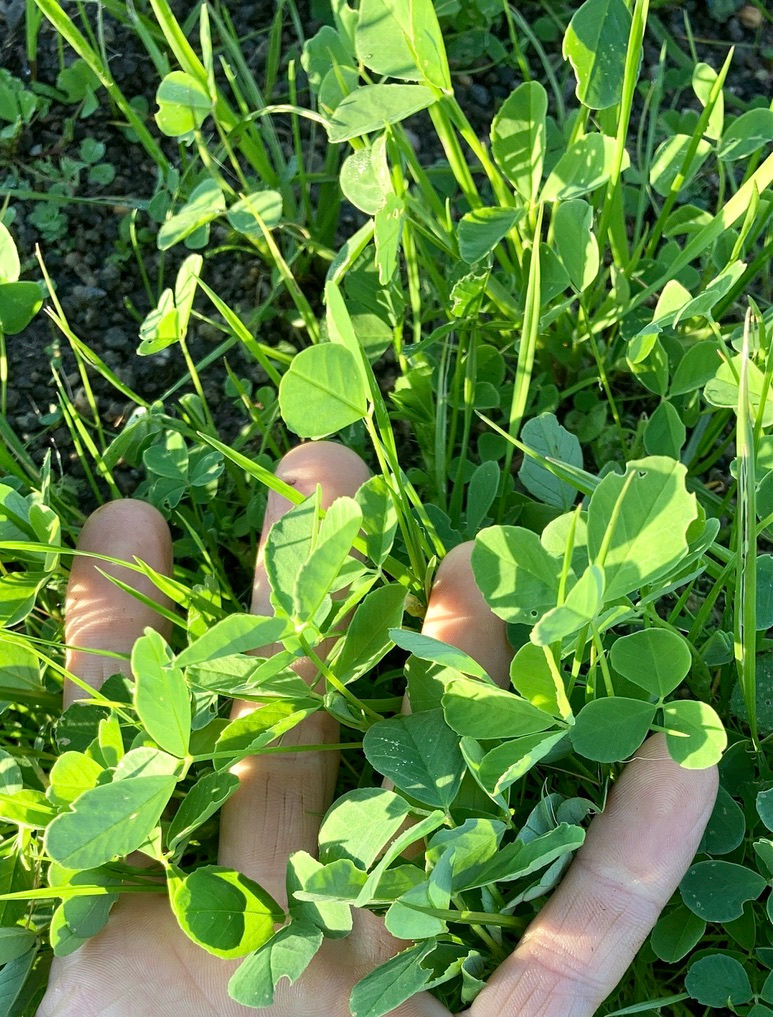How we can heal our land
- livingvineyards
- Jun 28, 2022
- 2 min read
Updated: Jul 2, 2022
Regenerative viticulture has become a buzzword in recent years. Yet, few people understand what it is all about. Over the upcoming two articles, I will be delving into what "regenerative" means, why it is so important to shift the way we farm vineyards, and why it is so important to talk about.
Agriculture as a whole is currently facing a turning point. Farmers and consumers alike are becoming aware that the way we treat our land is not sustainable. Massive advances were made in farming during the 20th century, which, although significantly increased yield, did so in an unsustainable way. Regenerative farming has the potential to rewrite the damage done to our soils over the last six decades by rebuilding and regenerating organic matter in the soil.
The Regenerative way

This approach sees the farm as an ecosystem, a component of the greater climatic region with its own unique characteristics and needs. As regenerative practitioners, we focus on the soil and its microbiology rather than just the vines. I find it helps to think of the soil as the plant's gut. In our stomachs, the food needs to be broken down by bacteria into forms that we can easily absorb. The more diverse and populated our microbiome is, the healthier we become since sufficient nutrients can be broken down from our food.
With soil, as the microbiome becomes more diverse and populated, the abundant decaying plant material can easily and quickly be broken down into plant-available nutrients that the plant can absorb as needed. In this way, the plant has access to all it needs to grow and fight off disease. The healthier and more diverse the soil becomes, the better-equipped plants are to fight off disease.
The key to saving the planet
The regenerative approach is to "sequester" carbon dioxide from the atmosphere and use it to build living organisms. As we know, plants breathe in Carbon Dioxide (CO2) and release Oxygen (O2). That carbon molecule is then used to build cellulose and sugars for the plant to grow. The more plants that grow on the soil surface, the mor
e carbon gets fixed into organic material, and as these plants die and decompose, they are broken down by fungi and bacteria that use the carbon to build their structures and multiply.
With every passing moment, more carbon is taken out of the atmosphere and fixed in living, organic material. In this sense, a regenerative approach to farming is the most powerful tool as we face a climate crisis. Over half of the land on the planet covered in vegetation is used for agriculture. It is estimated that these fields, orchards and pastures are responsible for roughly a quarter of the world's greenhouse gas emissions. It is possible to change these farmlands from an emitter of CO2 to a sink or store of CO2.
check back next week
Clearly, we can see that there are massive advantages to regenerative farming, so what can we do in our vineyards to increase biodiversity and reduce our dependence on chemical products? Next week I will delve into vineyard practices and discuss the unique opportunity the wine industry has in spreading the word about regenerative farming.




Comments